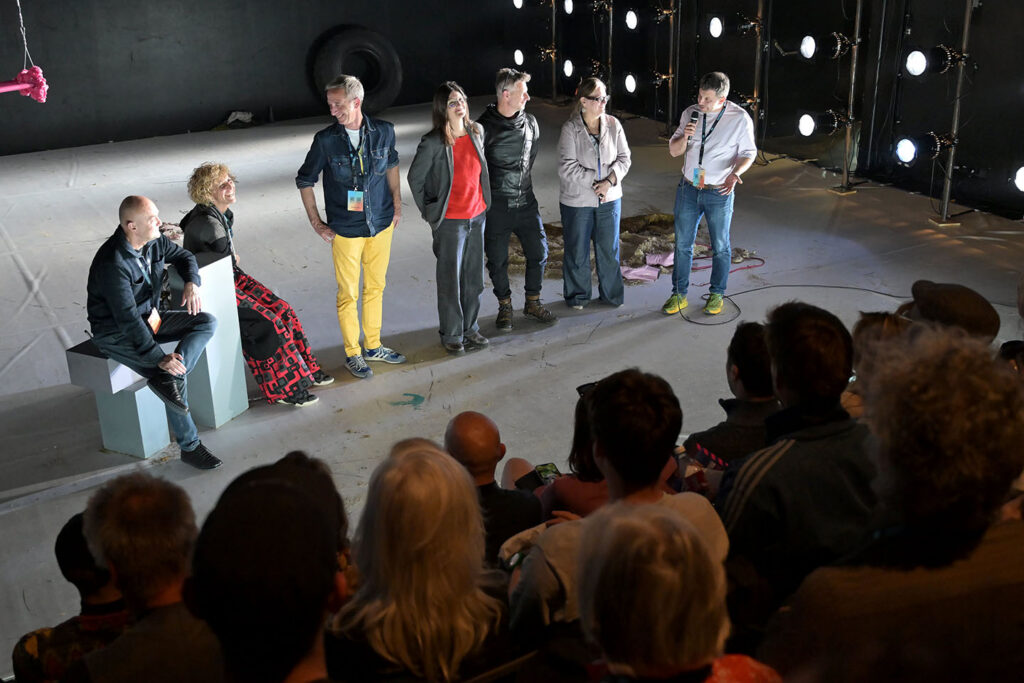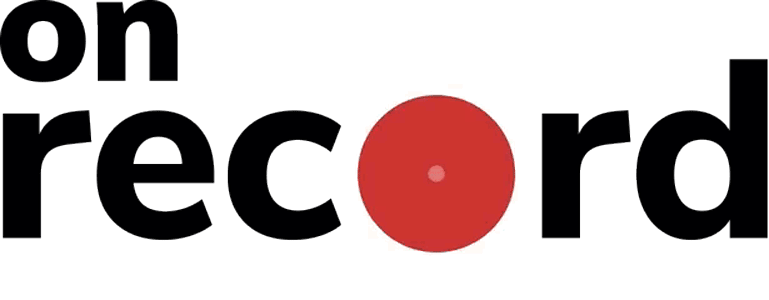
“Two years ago at Tanzmesse” – the international trade fair for dance held annually in Düsseldorf – “we saw that the Balkans were not represented,” says Atanas Maev, the General Manager of Moving Balkans, to a bustling auditorium in Ljubljana, Slovenia. “At the same time, we know that we have a lot of talent, in every corner, in every village.”
Maev is speaking at the opening ceremony of the first edition of Moving Balkans, which ran from 10-14 May 2025. Addressing the lack of representation for artists from the region, this new annual platform – which came to life after two years of careful planning and project applications – not only aims to celebrate cutting-edge Balkan contemporary dance but also to showcase it to the 120 international guests who travelled to Ljubljana, Slovenia, and Rijeka and Zagreb in Croatia to see 10 shows, in 3 cities, across 2 countries, in 4 days.
Though the platform itself is brand new, it has its roots in “many initiatives that have connected different republics and regions in the Balkans over the years,” says Moving Balkans’ artistic director and Greek partner, Frosso Trousa, during the opening speeches. “But it’s the first time that the network is so big and so strong and supported by many, many partners.”
The initiative was clearly much anticipated and welcomed by artists. “We received around 174 applications from across the region,” says Trousa. “They made it really hard for us,” she adds, referring to the high quality of submissions and the challenge of selecting the top 10 works to be performed live on the platform.
Although definitions of what constitutes the Balkans may vary, the inaugural Moving Balkans included the collaboration of partners and artists from Albania, Bosnia and Herzegovina, Bulgaria, Croatia, Greece, Kosovo, Montenegro, North Macedonia, Romania, Serbia, Slovenia, and even Turkey. “We Balkanised the European Commission and managed to keep Turkey included,” says Serbian partner Marija (Zmaja) Popović enthusiastically.
It’s a collaborative feat that is particularly meaningful in the Balkans. “I’m really proud that we have this strong collaboration, which is unusual for this part of the world,” says Iztok Kovač, Artistic Director of Španski Borci Cultural Centre in Ljubljana and En-Knap Productions. “The Balkans is the place of wars, and now we are uniting our dance initiatives.”
While the Yugoslav wars from 1991 to 2001 are probably the most present in people’s minds when Kovač reflects on the Balkans’ history of conflict, Popović notes that there is once again rising division in the region. “I come from Novi Sad [where next year’s platform will take place], and the majority of you are following the situation,” she says, referring to the widespread protests in the country against government corruption. Similar demonstrations are also taking place in “Hungary, Romania, Slovakia, and so on.” In light of this, like Kovač, she’s “so proud that in dance, the Balkans stand together.”
Curious about how the first edition of Moving Balkans went? Click on some of the other tracks in the On Record album to find out…



